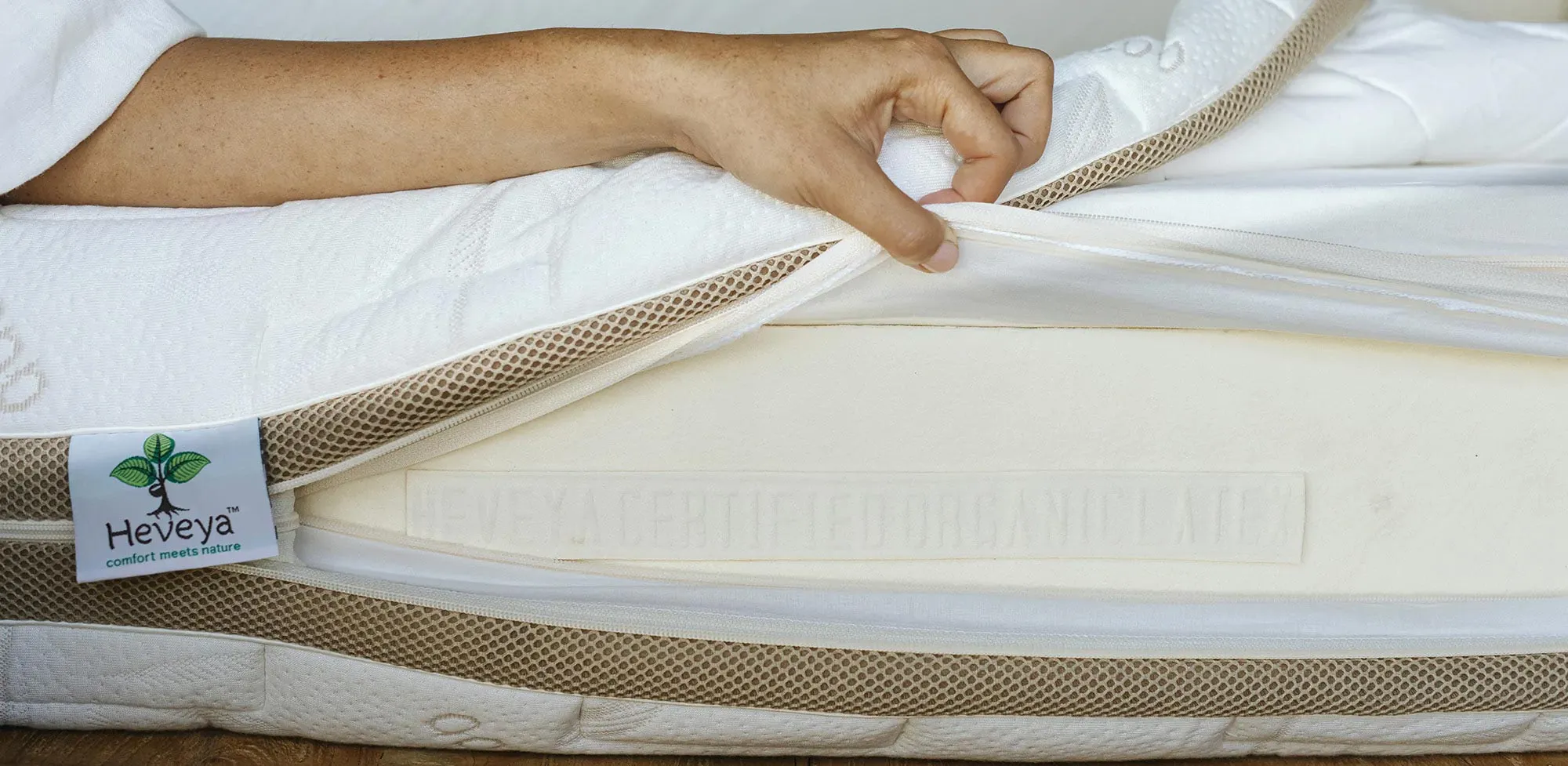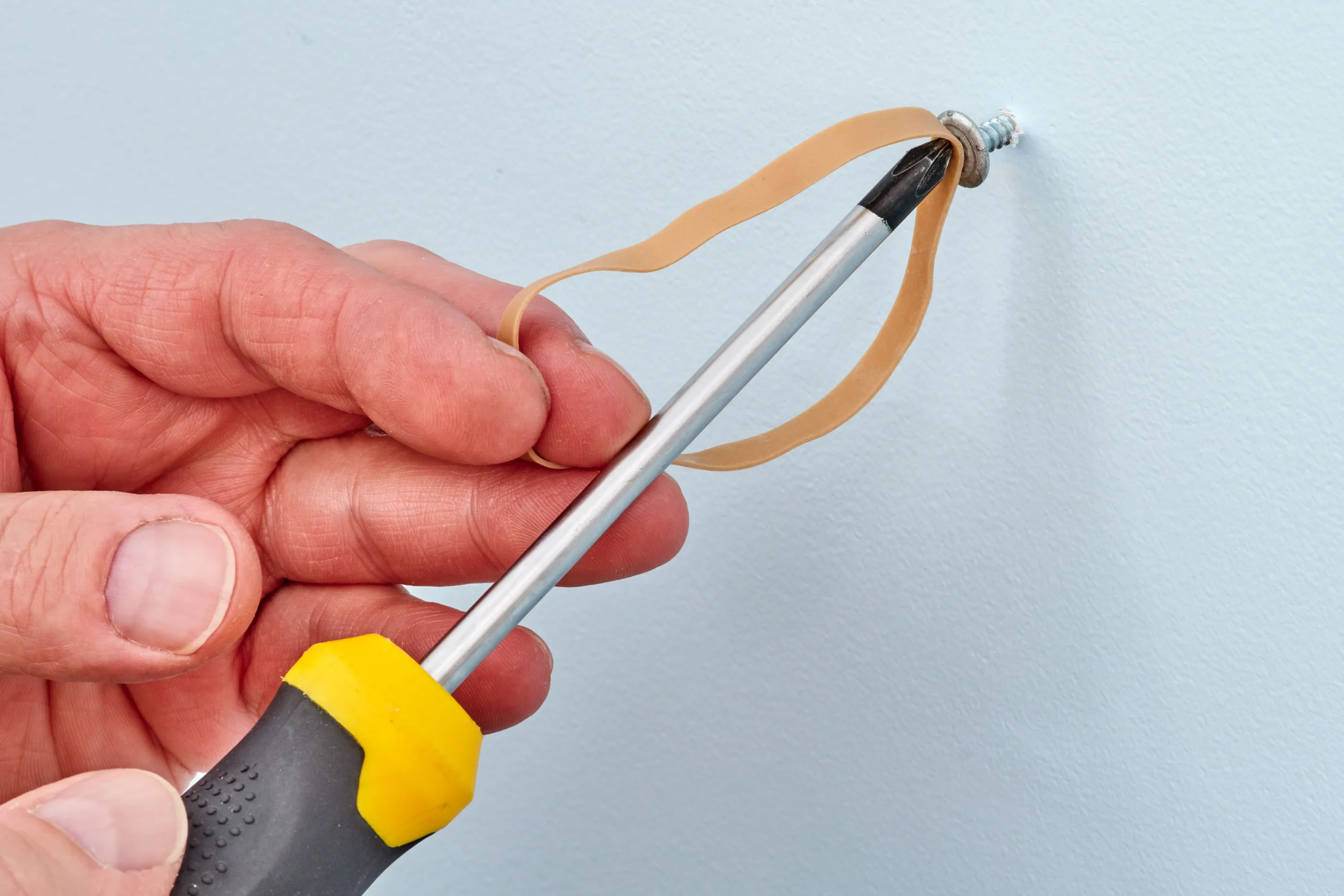How do you get bed bugs out of your home is a very important thing to know. Small, brownish-red insects known for living in beds and feeding on people as they sleep are known as bed bugs.
If you’re curious about the origins of bed bugs, they have been linked to humans for over 3,300 years and can be found almost anywhere that people congregate, including homes, hotels, offices, schools, retail establishments, and even public transportation.
Bed bugs can only survive and reproduce by regularly consuming blood. Bed bugs will attack many warm-blooded animals, such as poultry and other birds, in addition to humans.
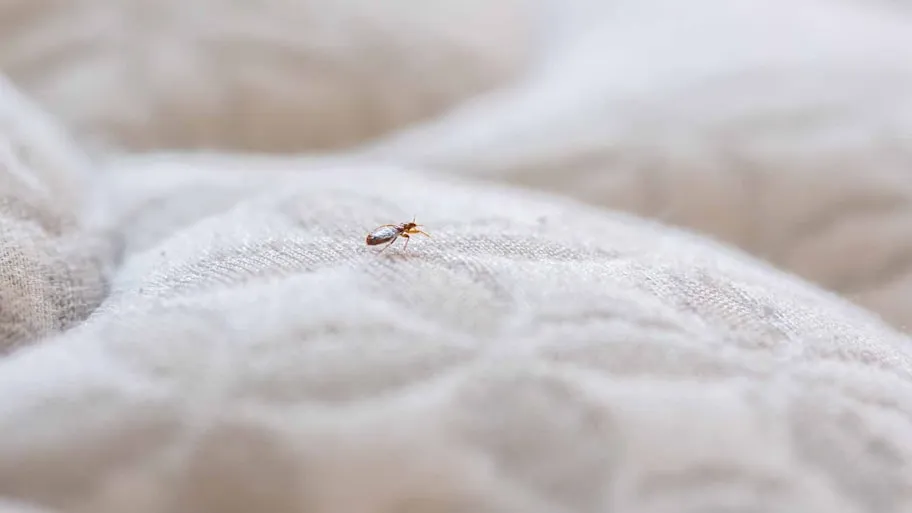
It’s important to detect bed bug infestations as soon as possible before they become established or spread. Even though it can be inconvenient, treating a small infestation is much easier and less expensive than treating the same infestation once it has spread.
What Do Bedbugs Look Like?
The flat bodies of adult bedbugs are roughly the size of an apple seed. However, they swell and become reddish-colored after eating.
They can squeeze into minuscule spaces thanks to their flattened bodies, which are roughly the thickness of a credit card. This implies that, as long as there is blood to eat, they can travel almost anywhere.
Unlike ants or bees, bedbugs typically live in groups in hiding places rather than building nests. They can move swiftly over ceilings, walls, and floors even though they cannot fly.
Throughout a lifetime, female bedbugs can lay hundreds of eggs, each about the size of a dust particle. Nymphs, or immature bedbugs, shed their skin five times before reaching adulthood. Before they shed, they need to eat blood.
In ideal circumstances, the bugs can complete their development in as little as one month and give birth to three or more generations annually. Their lifespan ranges from roughly ten months to a year.
How Do You Get Bed Bugs in Your House?
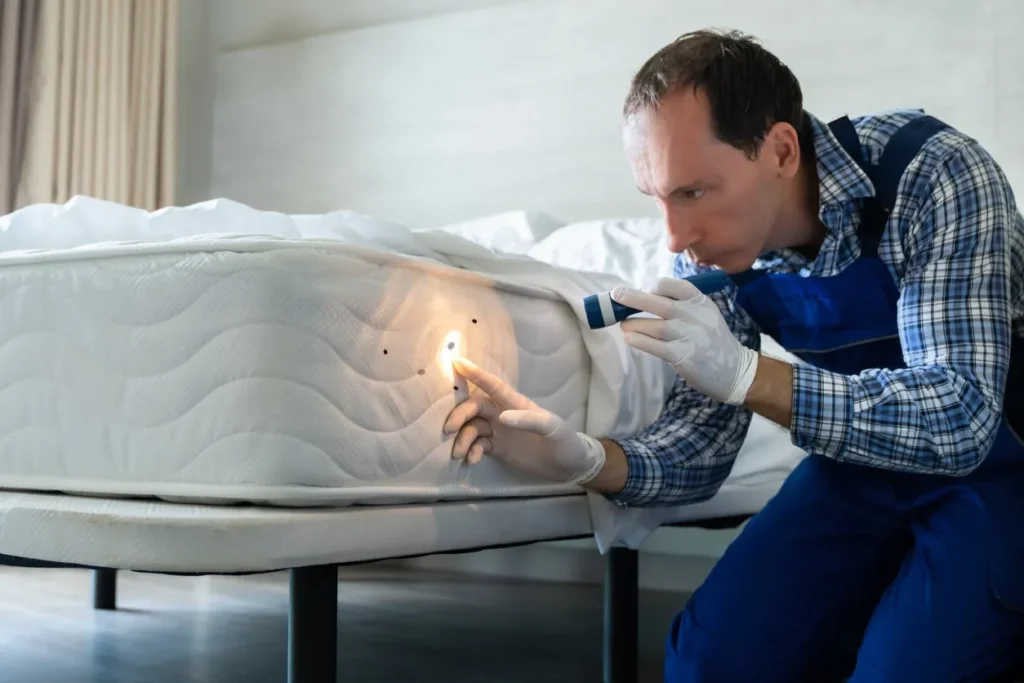
So, how do bed bugs initially get into a home? The ability of bed bugs to hitchhike is well-known. If you’re suddenly seeing symptoms of a bed bug infestation in your house, it’s probably because they got in by stealth on a piece of clothing, luggage, or purse.
Bed bugs may be hiding in used furniture, especially in mattresses, box springs, couches, and chairs.
Make sure to carefully check any used furniture you buy for signs of bed bugs, such as cast skins, eggs, fecal stains, or actual insects. Use a powerful flashlight to help with the inspection and pay special attention to any seams or folds in the fabric.
When traveling, be extremely cautious to make sure you don’t unintentionally bring bed bugs home with you as souvenirs. Lodging establishments, such as hotels and motels, are prime sources of bed bugs.
How Do You Get Bed Bugs in Your Bed?
Why do bed bugs enter your home and head straight for your bed? Bed bugs are drawn to any place where people congregate for extended periods. When they get there, they will search for convenient, dark hiding places near their food supply.
Because bed bugs can readily emerge during the night to feed while we sleep, beds are an ideal place for them to hide. They can also easily flee to the safety of the mattress or bed frame if they feel threatened.
Even though bed bug infestations are frequently linked to mattresses, they can also be found on other furniture in the house and are easily dispersed throughout the house.
How to Check for Bed Bugs
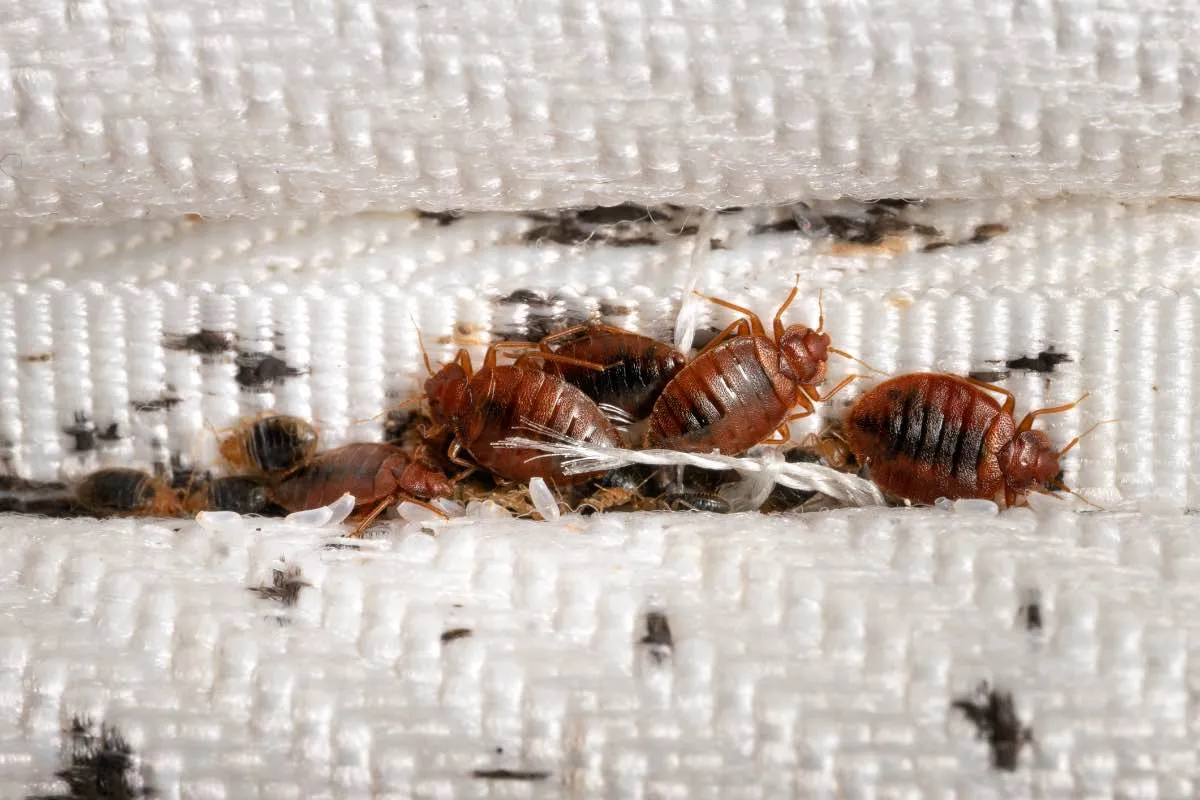
Examine your mattress and bed thoroughly, paying particular attention to the cracks, if you think you might have bedbugs. These are the places where bedbugs prefer to hide because they can easily bite humans.
They may be in crevices in your headboard or bed frame, or close to the seams, tags, and piping of your box springs or mattress.
However, in time, the tiny bugs might spread out into any crack or area that provides a place to hide. You might locate them:
- In the seams or between the cushions of sofas and chairs
- In the folds of curtains
- In the joints of drawers
- In electrical outlets and appliances
- In rooms or apartments nearby
- On clothing
- Under peeling paint or loose wallpaper
- Inbox springs
- In bedding
- Under carpeting near baseboards
- On luggage
- In boxes
- On mattresses
- On objects near the bed
- On headboards
Bedbugs are not an indication of dirtiness because they are blood-sucking insects. They can be found in messy homes just as much as in spotless ones.
How to Get Rid of Bed Bugs in Your Home
You can begin bedbug removal at home by following these steps:
1. Use hot water to wash your clothes, bedding, and curtains, then use the highest dryer setting to dry them. Stuffed animals, shoes, and other non-washables should be placed in the dryer and set to high for at least 30 minutes.
2. Before vacuuming, use a stiff brush to scrub the seams of the mattress to get rid of bedbugs and their eggs.
3. Every day, give your bed and the vicinity, which includes the molding and windows, a thorough vacuum. Next, immediately dispose of the vacuum cleaner bag outside by placing it in a plastic bag.
4. To prevent bedbugs from getting in or out of your mattress and box springs, cover them with a tightly woven, zippered cover. Bedbugs do not need to eat for several months to survive. Thus, leave the mattress cover on for a minimum of a year.
5. To eliminate bedbug hiding places, seal plaster cracks and adhere to peeling wallpaper.
6. Clear the area surrounding your bed, and move it away from any furniture or walls.
7. You can put your belongings in an enclosed bag and leave them in your car to bake in the sun if you live in a hot climate. Temperatures of at least 120 F are the goal.
You might want to get a new mattress if your current one is infested. To ensure that bedbugs don’t enter your new mattress, first take the above precautions for the remainder of your house.
How to Prevent Further Bed Bugs Infestation
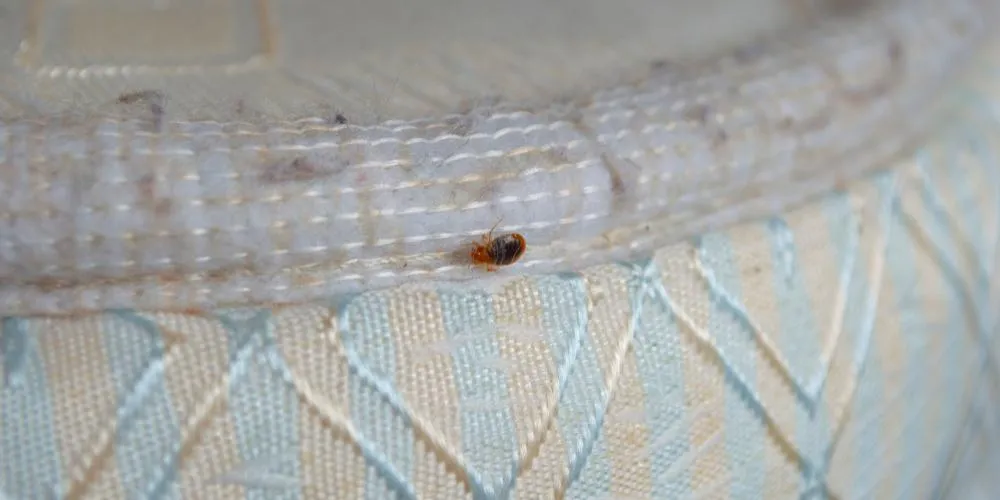
A few strategies to prevent bedbug infestations and bites include:
1. Cover the box springs and mattress with a protective covering. Regularly check it for holes.
2. Declutter your bedroom to make it less of a haven for bedbugs.
3. Include your mattress, carpet, curtains, and upholstered furniture in your routine vacuuming.
4. Place your bag on a dresser, table, or suitcase stand when you are traveling rather than on the floor or in your bed. Wash and dry every item of clothing you brought on your trip in a hot dryer as soon as you get home.
5. To prevent bites to your skin, wear long sleeves and long pants when you sleep.
6. Before bringing used upholstered furniture inside, give it a thorough inspection.
7. Steer clear of used bedding and mattresses.
8. When using communal laundry facilities, store your clothes and linens in plastic bags. If at all possible, bring clean clothes home to fold.
9. Install barriers under your doors and seal baseboard cracks if you live in a multi-unit building.
It is crucial to take precautions to make sure you don’t bring bedbugs home with you because they can live almost anywhere and move around with ease.
If you believe you have a bedbug infestation, be aware of the warning signs and take extra precautions.
If your home is infested, it is best to have a professional involved. Contact your physician if you suspect that the bites are causing an allergic reaction in you.
